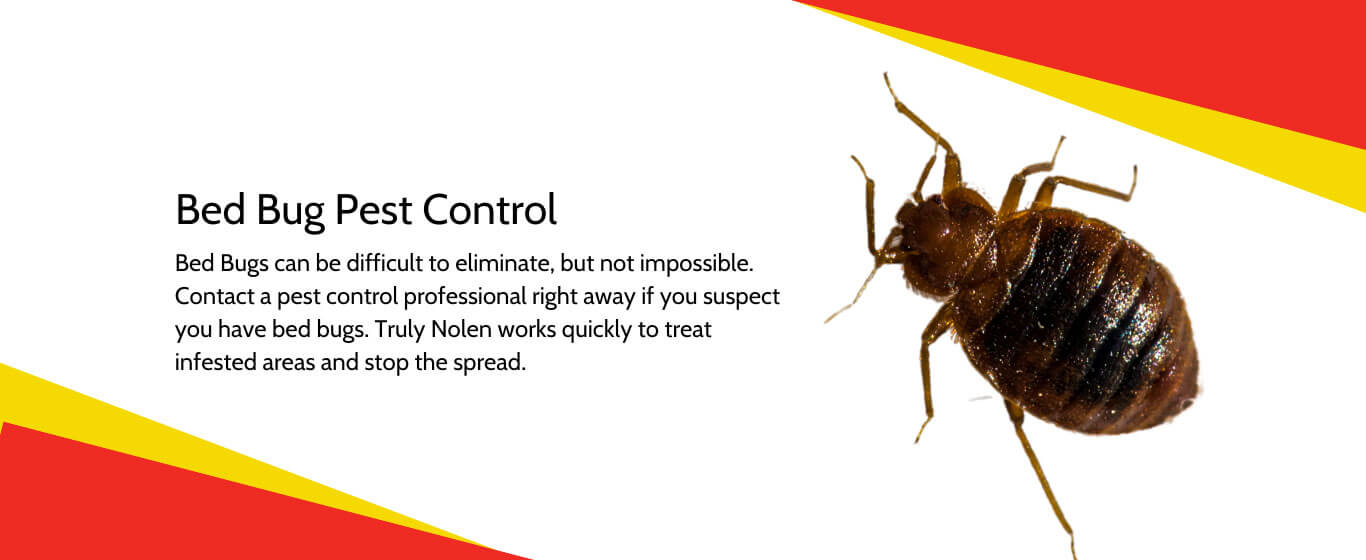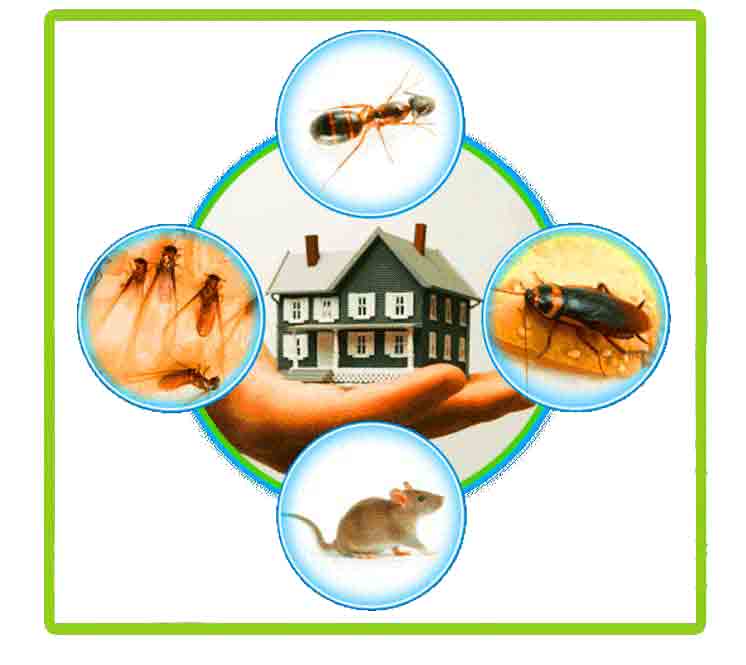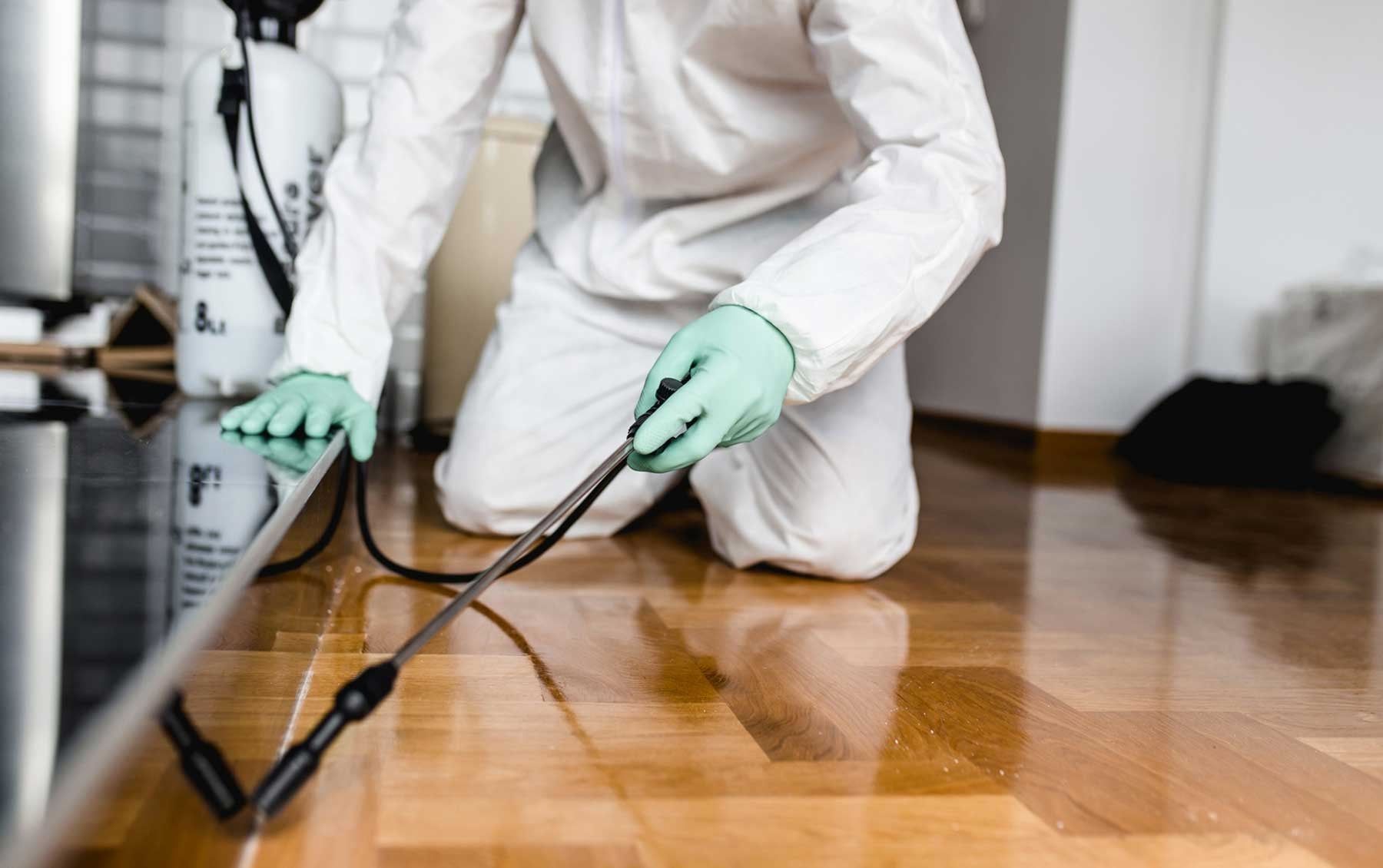Safe and Trusted Parasite Control for Lasting Protection
Efficient insect monitoring needs a multifaceted technique that balances eco-friendly stability with the need for reliable insect reductions. The nuances of these methods might not be quickly clear, triggering a more detailed evaluation of the techniques that can lead to sustainable insect control results.
Understanding Parasite Control Methods
Parasite control encompasses a selection of techniques targeted at managing and removing undesirable insects and rats that can threaten both health and wellness and residential property. Understanding these techniques is critical for reliable bug administration.
The primary groups of parasite control approaches include mechanical, organic, and chemical techniques. Mechanical methods involve physical obstacles and catches to stop insect entrance and capture unwanted types. As an example, utilizing screens on home windows or employing sticky catches can considerably reduce bug populations without introducing damaging substances.

Chemical bug control is commonly the most recognized method, utilizing pesticides to get rid of pests. These chemicals can be effective but should be utilized with caution to prevent adverse impacts on non-target varieties and the setting.
Advantages of Eco-Friendly Solutions
How can environmentally friendly options change pest control practices? The adoption of green parasite control approaches provides various advantages, substantially enhancing the performance and safety and security of parasite administration (exterminator coquitlam). These solutions make use of natural components, lowering the reliance on unsafe chemicals that can posture risks to human health and wellness and the environment. This change not only protects animals and families however also decreases the potential for dirt and water contamination.

An additional advantage is the positive effect on neighborhood biodiversity. Green solutions are designed to target details pests while maintaining advantageous pests and wildlife, advertising a well balanced community. This strategy straightens with the growing customer need for lasting techniques, enhancing the reputation of pest control service providers.
Integrated Insect Monitoring Methods
The application of green solutions normally results in the fostering of Integrated Insect Management (IPM) strategies, which additionally boost bug control effectiveness. IPM is an alternative method that incorporates several tactics to manage insect populations while decreasing environmental influence. This approach emphasizes using biological, cultural, mechanical, and chemical controls, making sure a lasting and balanced approach of insect administration.
One basic aspect of IPM is the detailed evaluation of parasite task and environmental conditions. By keeping track of bug populaces and determining their life process, practitioners can execute targeted interventions that disrupt the insect's habitat or lifecycle, decreasing dependence on chemical pesticides. Furthermore, cultural practices such as plant rotation and environment control can dramatically diminish insect establishment and recreation.
An additional critical component is using biological control agents, such as beneficial pests or microorganisms, which can normally subdue insect populations. When chemical applications are needed, IPM prioritizes using low-risk chemicals and applies them selectively, lessening exposure to non-target organisms and humans.
Incorporating IPM techniques not just enhances pest control performance however additionally advertises a safer ecosystem, aligning with the growing need for lasting techniques in bug monitoring.
Safe Practices for Home Owners
Recognizing the value of safe techniques in insect control can encourage property owners to effectively handle parasite problems while securing their health and the setting. Implementing preventative steps and non-toxic approaches is essential in reducing direct exposure to dangerous chemicals.
House owners need to first analyze their atmosphere for conditions that bring in pests, such as standing water, mess, and food waste. On a regular basis cleansing and sealing entry factors can discourage pests from attacking the home. Making use of all-natural deterrents, such as vital oils or diatomaceous earth, can provide efficient alternatives to chemical pesticides.
When chemical treatments are necessary, home owners must choose products that are particularly labeled as secure for residential use. It is important to adhere to application guidelines meticulously to prevent too much exposure. Making use additional hints of targeted treatments in areas where insects are identified, rather than covering splashing, can dramatically reduce chemical use.
Lastly, keeping open communication with bug control professionals is vital. Property owners must make inquiries concerning the safety of products used and request environment-friendly alternatives whenever feasible. By taking on these secure methods, home owners can develop a much healthier living setting while properly taking care of bug concerns.

Tips for Long-Term Defense
Developing a bug administration strategy that emphasizes lasting defense can substantially boost the efficiency of the safe practices formerly discussed. To achieve this, homeowners need to apply routine evaluations of their home, concentrating on concealed areas such as attic rooms, basements, and crawl spaces. Early discovery of bug activity is crucial in protecting against invasions from holding.
These methods lower attractants that draw parasites into the home. Sealing access points, such as fractures around home windows and doors, can efficiently block possible pest gain access to.
Landscape design should likewise be thought about; keeping plants cut and maintaining a distance in between plant life and the home reduces hiding areas for parasites. Utilizing all-natural deterrents, such as vital oils or diatomaceous planet, can better discourage invasions without turning to rough chemicals.
Last but not least, collaborating with a specialist insect control service for routine assessments can give an added layer of security. These experts can use customized referrals and progressed therapies, making certain that your home remains safeguarded against parasites in the long term.
Conclusion
In conclusion, safe and reputable bug control needs a complex approach that stresses eco-friendly methods and integrated parasite monitoring. By applying all-natural deterrents, conducting regular inspections, and maintaining correct hygiene, building proprietors can substantially decrease parasite populaces while securing useful insects and the setting. Cooperation with expert pest control solutions improves the efficiency of these methods, making certain tailored services that supply lasting protection and tranquility of mind against future More about the author infestations.
Reliable insect monitoring needs a multifaceted strategy that stabilizes eco-friendly honesty with the requirement for reliable insect suppression. The adoption of environmentally friendly insect control methods uses numerous advantages, considerably boosting the effectiveness and safety and security of insect have a peek at this website monitoring.The implementation of eco-friendly options naturally leads to the adoption of Integrated Parasite Management (IPM) approaches, which further boost bug control efficiency. exterminator coquitlam. By keeping an eye on pest populations and recognizing their life cycles, practitioners can execute targeted treatments that disrupt the insect's environment or lifecycle, reducing reliance on chemical pesticides.In final thought, secure and dependable pest control requires a multifaceted technique that highlights environment-friendly approaches and integrated insect administration